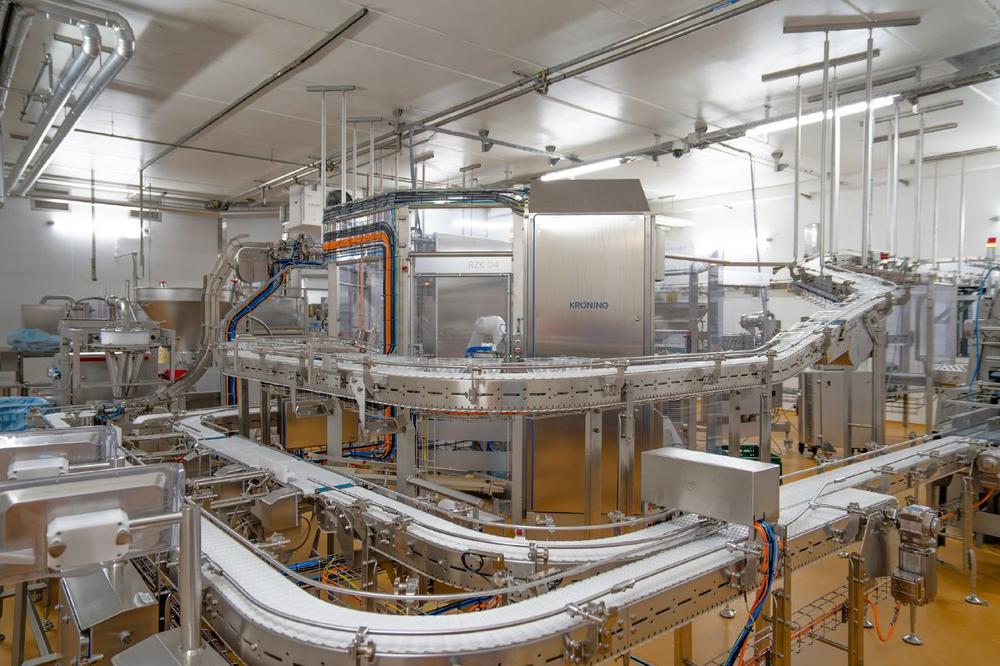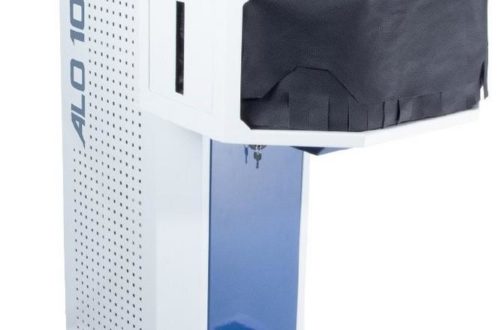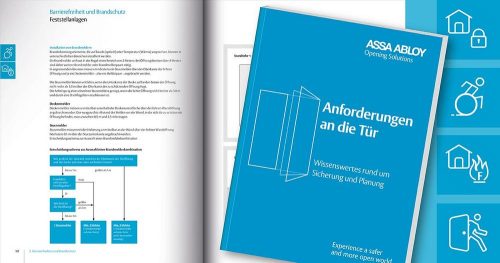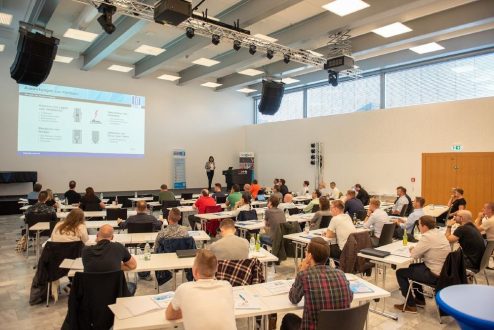
Robots packaging potato dumplings
Things tend to get busy at Friweika eG before Christmas and other holidays – in the most literal sense. The company produces up to 180,000 rolled dumplings every day. And that’s just a small part of its product range, which also includes dumpling dough (up to 90,000 kg per day), ready-made fried potatoes, potato gratin, and other semi-finished potato products.
Friweika, short for “frische Weidensdorfer kartoffeln” (fresh Weidensdorf potatoes), was founded in 1970 and employs around 350 people in western Saxony. As is to be expected with these quantities, production is highly automated. Because ready-made dumplings are a rapidly growing product segment – keyword convenience – the company was faced with the task of increasing output in this production area.
The task was approached with KRÖNING in Dohna, a specialist in automation for food production which had designed several production lines for Friweika in the past.
Premiere: Potato dumplings now packed by robots
The KRÖNING specialists are setting standards in various respects with the newly created production line. The system is relatively compact, achieves high output, and impresses with a top-level hygiene concept using Stäubli Stericlean robots, which are approved for aseptic production areas in the pharmaceutical industry. But more on that later.
The production process starts with the weighing of the dumpling dough: Each dumpling weighs around 100 grams. After portioning, it is shaped (rolled) and conveyed to packaging. At the same time, the associated packaging line produces blister packages with cavities for four or eight dumplings. In the last step, the packs are filled with dumplings on two parallel lines.
The automation experts at KRÖNING implemented a clever concept here: No contact is made with the dumplings during packaging. As Owner Marcus Kröning explains, “A robot picks up the blister pack and holds it at an angle at the end of the conveyor belt so that the individual dumplings fall directly into the cavities. Depending on the type of blister pack, the robot adjusts its position four or 10 times before the package is filled. The next step is to close the blister pack and transport it to the secondary packaging area.”
One of the great advantages of this solution is that the robot grippers do not make direct contact with the dumplings. This is good for the robots, as the dough doesn’t stick to their grippers, but it is also good for the dumplings, which the robots catch without making contact, thus avoiding any pressure marks caused by mechanical gripping processes.
160 dumplings a minute, hygienically packaged
Up to 160 dumplings can be packaged per minute. Two robots work together on each line to ensure that this process can take place continuously, i.e. with no need for a buffer zone and without delays when changing the blister packs. While one robot places a filled package on the conveyor belt heading for the sealing station, the second robot grips an empty blister pack and the first dumpling is placed into it.
It is not obvious that robots are used in such a production environment. According to Marko Wunderlich, a board member at Friweika, “Anyone who has ever made or processed potato dumplings understands: That dumpling dough is extremely sticky. This is because of its high starch content. That is why we have to clean our systems frequently and extremely thoroughly so that our high hygiene standards are always met in all areas of production.”
No conflict: Top hygiene standards and robots
These requirements are so high that Friweika does not use the same cleaning agents usually found in food production to lather and then spray the robots and grippers. Instead, it uses hydrogen peroxide (H2O2), which is more likely to be used in even more sensitive sterile processes in pharmaceutical production. Because H2O2 also affects surfaces, the fully VHP-resistant Stericlean TX2-90 robots, with their specially treated surfaces, are not only the right choice, but almost always the only option.
The fully encapsulated kinematics with sealed vertical cable routing and use of NSF H1-rated food-grade oil also show that these robots were developed from the ground up for hygienically demanding applications in the food and life science industries.
In addition to meeting the highest hygiene standards, KRÖNING and Friweika also made the right choice in other respects: Stäubli robots are characterized by consistently high precision and impressive dynamics. Best of all, the robots achieve their full performance even when using food-grade lubricants, and do not have to be operated at reduced power.
A high level of vertical integration with their own precision gearboxes and a compact design are other favored design features. “This was also important to us, as space in the wet area of the dumpling filling line is limited,” says Marko Wunderlich.
All in all, the robot-assisted packaging line, which does not require direct contact between the robots and the potato dumplings, enables highly dynamic and precise production. In addition to guaranteeing compliance with the strictest hygiene standards, it offers increased productivity and consistent product quality from the user’s perspective.
Stäubli is a global industrial and mechatronic solution provider with four dedicated Divisions: Electrical Connectors, Fluid Connectors, Robotics and Textile, serving customers who aim to increase their productivity in many industrial sectors. Stäubli currently operates in 28 countries, with agents in 50 countries on four continents. Its global workforce of 6,000 shares a commitment to partnering with customers in nearly every industry to provide comprehensive solutions with long-term support. Originally founded in 1892 as a small workshop in Horgen/Zurich, Switzerland, today Stäubli is an international Group headquartered in Pfäffikon, Switzerland.
https://www.staubli.com/global/en/home.html
About Stäubli Robotics
Stäubli Robotics’ unique product portfolio contains 4 and 6 axis industrial robots, cobots, mobile robotics and Automated Guided Vehicles. The powerful, high precision solutions allow clients in many demanding industries to tackle the challenges of Industry 4.0 under specific manufacturing conditions.
Robotic automation for industrial applications | Stäubli
https://www.linkedin.com/company/staubli-robotics/
Stäubli Tec-Systems GmbH Robotics
Theodor-Schmidt-Str. 19/25
95448 Bayreuth
Telefon: +49 (921) 883-0
Telefax: +49 (921) 883-3244
https://www.staubli.com/de/de/robotics.html
Manager of Marketing and Division Business-Marcom
Telefon: +49 (921) 883-3212
E-Mail: s.koban@staubli.com
Marketing & Communication Robotics
Telefon: +49 (921) 883-3219
E-Mail: n.backer@staubli.com
![]()




